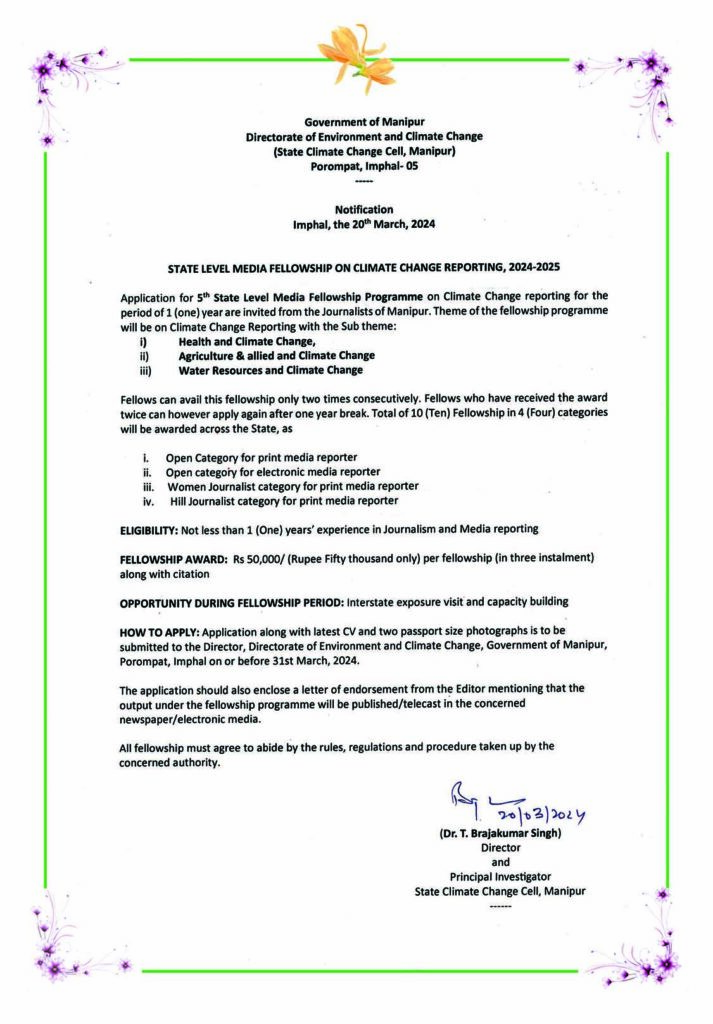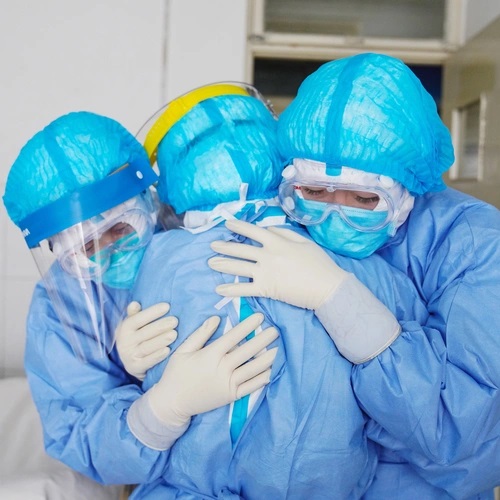Superficially, Vietnam and Manipur are very similar in violating traffic regulations, like a vehicle heading straight through a red light because the rider is late for his work or appointment with someone or a meeting or his daughter’s school or takeover from the wrong side and speeds the wrong way up a one-way street because that is the shortest distance to his destination.
However, Vietnam that can barely get its citizens to comply with traffic regulations achieved the impressive results it has in managing the COVID-19 pandemic. Manipur can learn from Vietnam.
The COVID-19 pandemic in Vietnam is part of the ongoing worldwide COVID-19 pandemic caused by severe acute respiratory syndrome coronavirus 2 (SARS-CoV-2). On 23 January 2020, the first known case of COVID-19 in Vietnam was reported. As of 15 November 2020, the country had 1,281 confirmed cases, 1,103 recoveries, and 35 deaths. More than 1.3 million tests have been performed.
As of May 1, 2021, the Vietnam’s Ministry of Health officially reported 2,928 confirmed cases, 2,516 recoveries, and 35 deaths. Nearly 2.9 million tests have been performed. Hai Duong Province, as of April 2021 is the most-affected locale with 762 confirmed cases and no deaths.
In contrast to Vietnam, Manipur has 31,586 confirmed cases, 29,764 recoveries, and 405 deaths with 6,14,444 tests as of April 30, 2021.
Consequently, Manipur Government has shut down the Khwairamband Nupi Keithels for 10 days from April 21 in view of the second wave of COVID-19 in Manipur barely two months of its reopening on February 15 this year after more than 10 months closedown since March 21 last year.
It may be mentioned that the first case of COVID-19 was reported in Vietnam on January 23. Since then there has been a very slow progression to a peak of 288 cases. As of May 12, 2020, there were 47 active cases reported in the country, with no community transmission since mid-April.
Even before there was any case of COVID-19 in Manipur, border trade at Moreh and Namphalong between Manipur-Myanmar along Indo-Myanmar border had been stopped since the international border has been shielded since March 10, 2020 and Khwairamband Nupi Keithel was shut down from March 21, 2020. Manipur’s first case of COVID-19 was reported on March 24, 2020. It was also imported from UK.
Manipur has more confirmed cases of 31,586 and 405 deaths than Vietnam’s 2,928 confirmed cases and 35 deaths while Vietnam is more vulnerable as it shares long boundary with China.
However, Vietnam has successfully faced down two waves of Covid-19. All of the first 16 people infected recovered. Then there was a pause of 22 days. After March 6, 2020 the second wave resulted in the first instance of untraceable community transmission.
It was reported that a relatively light “lockdown” commenced, with strict social distancing and the closing of many, but not all, businesses. Within a month, the second wave was contained.
Significantly, on April 21 last year, small businesses opened, social distancing regulations were relaxed, and offices, cafes, and restaurants opened. Vietnam came back to “normal” within the short period of time.
Another important action Vietnam had taken up was that in March 2020, the government cancelled all inbound commercial flights for months on end, making it almost impossible to fly in, even for Vietnamese residents.
Reports said today, flights are limited to select groups, like businesspeople or experts, from a few low-risk countries. Everybody who enters needs special government permission and must complete up to 21 days of state-monitored quarantine with PCR tests. Positive cases are immediately isolated in hospitals, regardless of disease severity.
Notably, global health experts say that this strict approach to travel is directly connected to Vietnam’s seeming defeat of COVID-19. Thirty-five people have reportedly died in total, and 2,928 have been infected with the virus during three small waves that have all been quickly quashed. Even on the worst days of the pandemic, the country of 97 million has never recorded more than 110 new cases a day.
Reports say that Vietnam’s travel restrictions supported by other measures; including enforced quarantining and contact tracing help explain the country’s apparent mastery over the virus.
Limited air travel has now resumed with other low-risk neighbours such as South Korea, Taiwan, and Japan but only for Vietnamese people and foreign businesspeople and experts. And while Vietnamese nationals can cross land borders from Laos or Cambodia, everybody who does get into the country by air, land, or sea has to submit to PCR tests and wait out a mandatory 14- to 21-day quarantine period under state supervision in a military-run facility or designated hotel. Quarantine is not optional and no loopholes are left unwalled in Vietnam even during periods when the country recorded zero new coronavirus cases.
At their peak April-May 2020, quarantine facilities held 67,000 people. They are staffed by a combination of government employees and volunteers, often university students, and by most accounts are basic but clean.
All arrivals were required to spend two weeks in state-hosted quarantine. Importantly, as part of the comprehensive strategy, quarantine food and board are provided by the government.
Much effort has gone into tracing those who may have come into contact with someone with the disease. Each patient is assigned a number, and a large and sometimes concerning amount of information is circulated about them and their movements through government platforms. Information on their movements is subsequently shared via the many social media networks with which people stay updated. In this way, controversial or not, the public has been provided with a significant amount of accurate information that has enabled them to make informed decisions about their health and their movements. In some cases, however, it has also led to the demonization of particular individuals, easily identified by their description. But reports said that it was helpful in containing the virus.
Moreover, the Vietnamese government has approached its public communications with a striking level of transparency addressing the status quo, the unknowns, and the potential sequence of next steps.
Significantly, contact tracing became so widespread in Vietnam that the population now speaks the language of epidemiologists. Reports said that it’s not unusual to hear Vietnamese people refer to the “F1” through “F5” system — how contact tracers denote a person’s proximity to an “F0,” or index case. Vietnam continues to ferret out potential cases by testing all F1s — a patient zero’s immediate contacts — and quarantining them in a state facility, while also asking F2s to quarantine at home.
Strict social distancing, enforced travel restrictions, contact tracing, testing, treating the patient, strict quarantine and transparency are key to Vietnam’s success in containing COVID-19 and in restoring normal lives to its people in short time.










